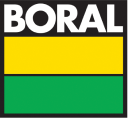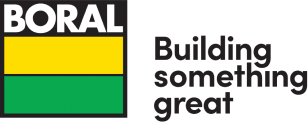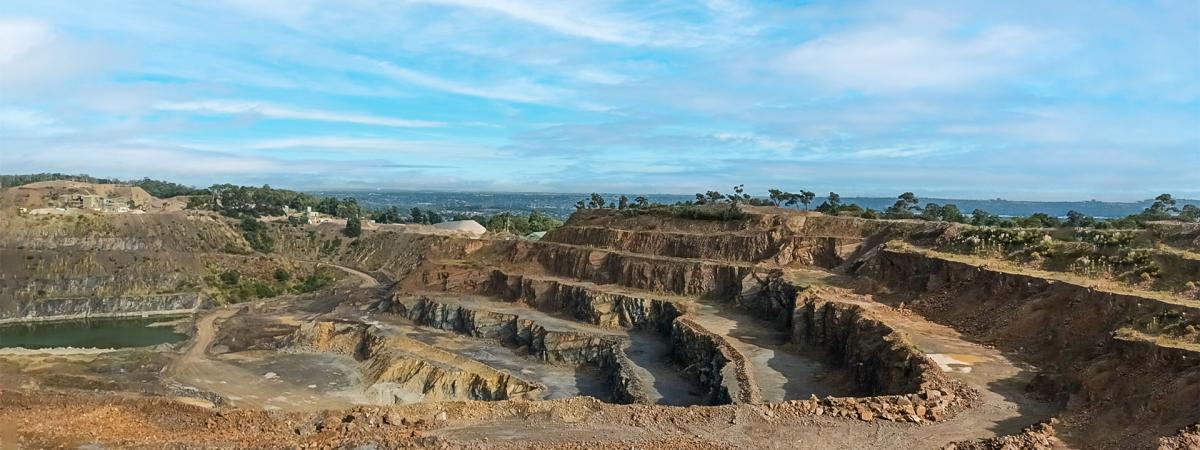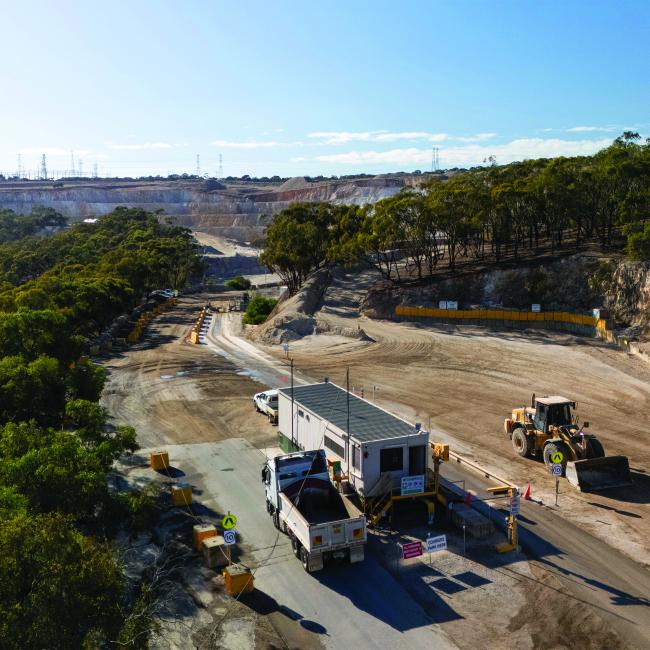Boral’s Lysterfield Quarry is located in Melbourne’s outer eastern suburbs near the foot of Mount Dandenong. It is one of six quarries in the greater metropolitan area owned and operated by Boral. The quarry has been part of Boral’s portfolio since 1966 however extractive activities have occurred in this precinct since the 1920s.
The Lysterfield Quarry is one of Melbourne’s main sources of hard rock material, used to make basic building and construction products like concrete and asphalt. The quarry’s proximity to the Melbourne CBD and greater metropolitan area makes it a very important asset for the growth and development of the city.
The Boral Lysterfield Quarry is a 'hard rock' site from which aggregates are produced. These aggregates form the base of building and construction materials such as concrete and asphalt.
The rock deposit in the area is made up entirely of Hornfels, which is a metamorphic rock formed by the intrusion of granite into the overlaying sediments. The supplied rock is regarded as essentially unweathered, finely crystalline, hard, strong rock.
The rock is strong because it is crystalline and especially tough because of the abundant poikiloblastic cordierite. The rock is hard because of its quartz (Mohs hardness 7) and cordierite (Mohs hardness 7 to 7.5); it can only be scratched by steel (with difficulty) because of the contained mica and minor other minerals.
The depth of the Hornfels goes down to at least sea level.
Once extracted, the stone goes through three crushing stages, primary, secondary and tertiary and the majority is reduced to less than 20mm in size. Any surplus product can be fed back into the crushing circuit to produce extra fines. The final products can be either loaded out as one sized aggregates or re-combining through a blending plant to produce a graded crushed rock.
Boral Lysterfield Quarry is committed to engaging with our stakeholders and will continue to be active within the community for the life of the quarry.
Boral is always seeking feedback from the local community on our operations and how they would like to be engaged with the team. If you have any feedback please email community@boral.com.au.
Read the Community Newsletter below.
Under the Extractive Industries (Lysterfield) Act 1986, Boral are required to progressively rehabilitate the quarry and provide open public space upon completion of quarrying activities.
In 2011 the Act was amended to secure the long term environmental management of the site and surrounding environment, including the end use rehabilitation. This amendment was decided following extensive consultation with the local community, State Government and Knox City Council.
In 2002 Boral also worked with the Government, Council and community to develop a $4.3 million rehabilitation project to eliminate remnant scars of hard rock which could be seen from the Dandenong Ranges. This project successfully re-created natural landforms to reduce visual impacts and enhanced surrounding landscapes for the community.
The Boral Lysterfield Quarry is unique in that activity at the site is governed by an individual Act of Parliament known as the Extractive Industries (Lysterfield) Act 1986. The Act was introduced to secure the value of the site as both the key extractive resource, and an environmentally and socially significant asset.
The main purpose of the Act is to:
- Ensure the orderly development of the quarry including progressive rehabilitation
- Provide public open space upon cessation of quarry activities; and
- Establish a Government-administered trust fund solely for the purpose of funding rehabilitation work at the site.
The Act also provides for a ‘contract of sale’ between Boral and the State Government ensuring the rehabilitated land falls under public ownership once quarrying have eventually been completed.
In 2011 the Victorian Government made amendments to the Act. These amendments not only secured an estimated 60 million tonnes of resource for the city’s future needs but also ensured the long term environmental management of the site and surrounding environment, including end use rehabilitation.



